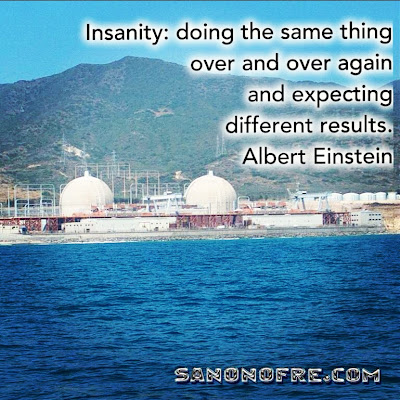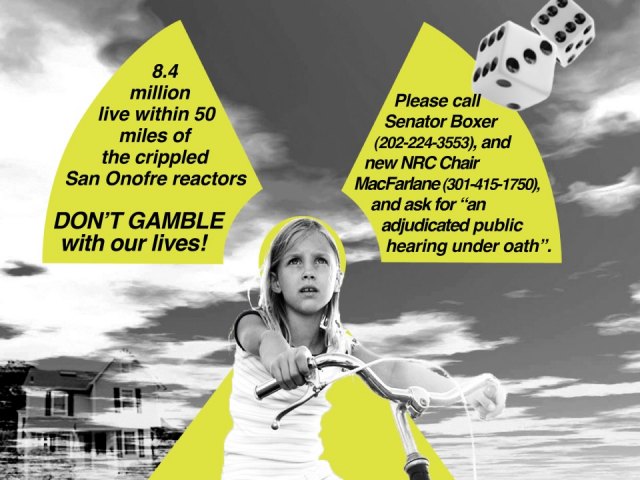Citizen Power
Just give me the warm power of the sun
Give me the steady flow of a waterfall
Give me the spirit of living things as they return to clay.
Just give me the restless power of the wind
Give me the comforting glow of a wood fire
But please take all of your atomic poison power away.
Everybody needs some power I'm told
To shield them from the darkness and the cold
Some may see a way to take control when it's bought and sold.
I know that lives are at stake
Yours and mine and our descendants in time.
There's so much to gain, so much to lose
Everyone of us has to choose.
Just give me the warm power of the sun
Give me the steady flow of a waterfall
Give me the spirit of living things as they return to clay.
Just give me the restless power of the wind
Give me the comforting glow of a wood fire
But please take all of your atomic poison power away.
Just give me the warm power of the sun
Give me the steady flow of a waterfall
Give me the spirit of living things as they return to clay.
Just give me the restless power of the wind
Give me the comforting glow of a wood fire
But please take all of your atomic poison power away.
Won't you do this for me?
Take all of your atomic poison power
Take all of your atomic poison power
Take all of your atomic poison power
Away.
 |
| San Clemente Ocean Festival |








 What
will be the fate of Southern California if this act of Nuclear Terrorism by the NUCLEAR MAFIA is allowed this experimental
restart at San Onofre Nuke plant?
What
will be the fate of Southern California if this act of Nuclear Terrorism by the NUCLEAR MAFIA is allowed this experimental
restart at San Onofre Nuke plant?